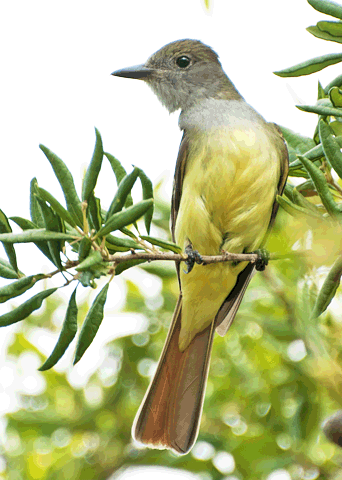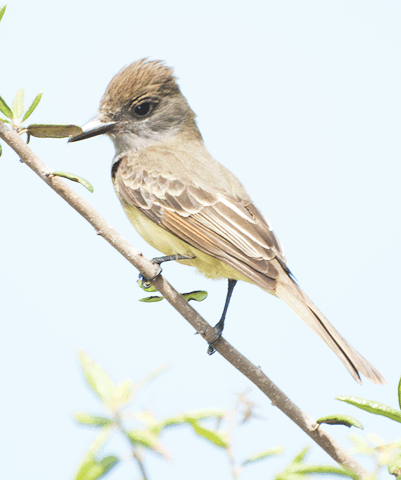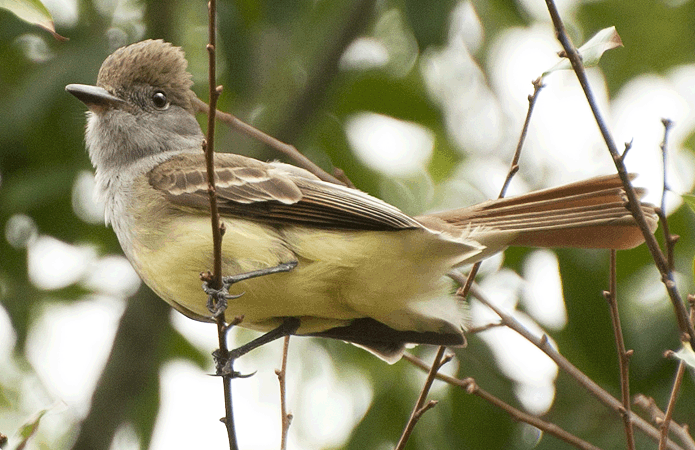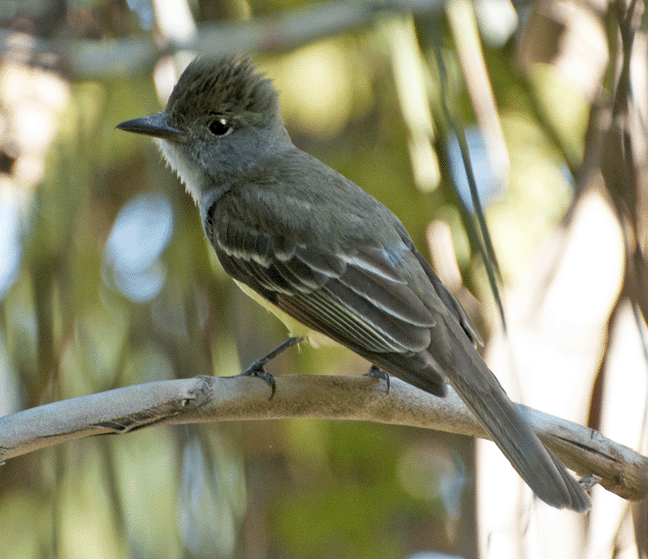Class Aves (Birds) in the Christopher B. Smith Preserve
Class Aves Characteristics: Birds are ectothermic, producing their own heat. They are vertebrates with strong skeletons; feathers; horny beaks; no teeth; and large yolked, hard-shelled eggs. Parents take care of their young. There are about 30 orders, 180 families, and 10,000 species of birds.
Interactions in the Smith Preserve: Birds have many important functions in the preserve. They regulate other species through seed dispersal, pollination, and predation. Some are responsible for carcass and waste disposal. A bird's prey, depending on its species, include insects, arachnids, fish, reptiles, other birds, and mammals. Bird guano is a soil fertilizer. Some birds modify the environment by gleaning leaf litter to build nests, while others excavate the environment to create burrows and cavities. The nests, burrows, and cavities are often used as habitat by other organisms.

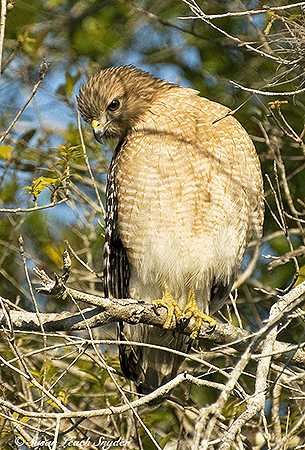
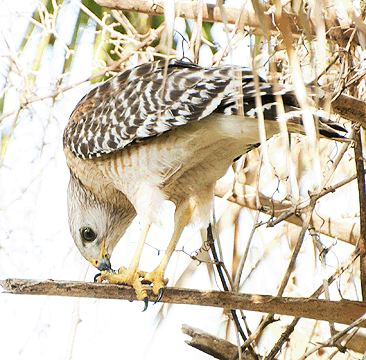
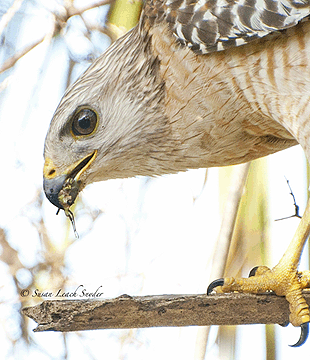
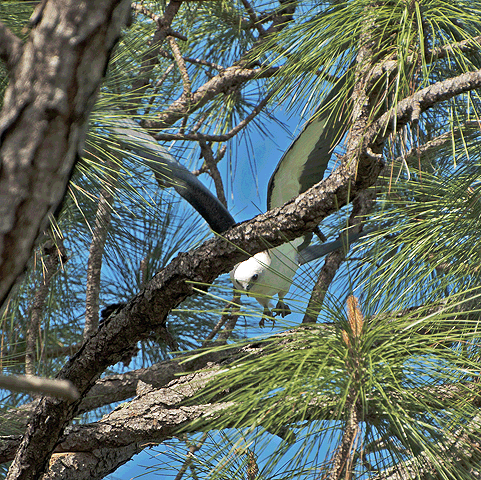
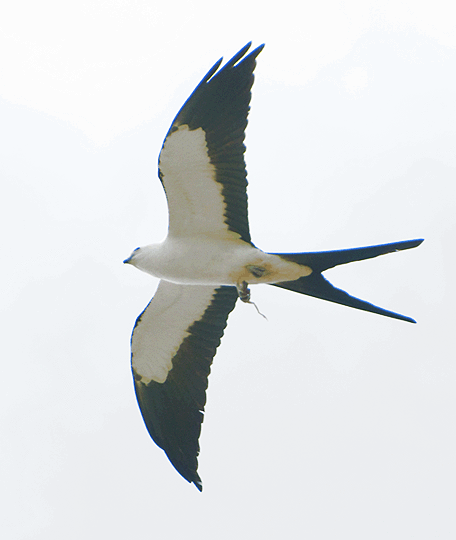
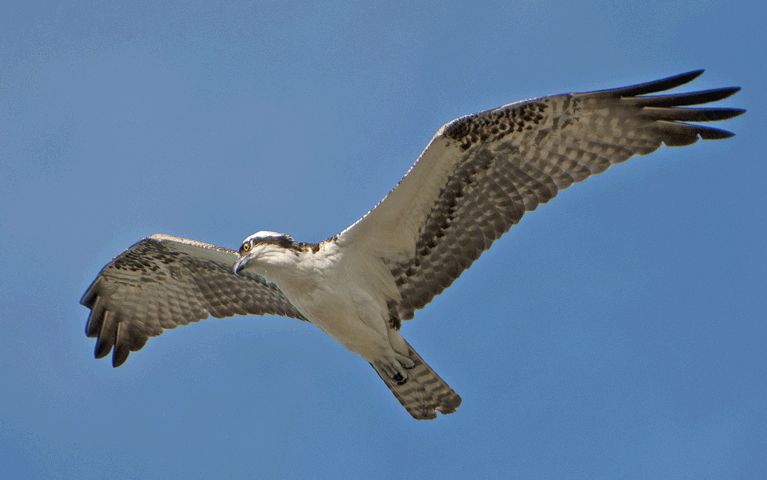
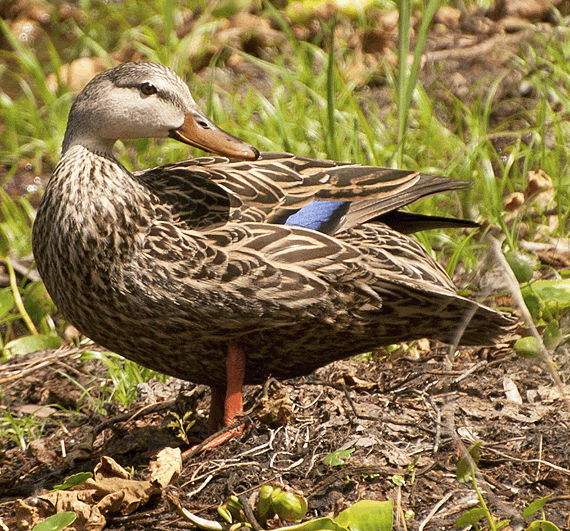 Anas fulvigula fulvigula is a medium-sized duck that feeds mainly at the surface of the water and sometimes grazes on land. These ducks eat plants, mollusks, and aquatic insects.
Anas fulvigula fulvigula is a medium-sized duck that feeds mainly at the surface of the water and sometimes grazes on land. These ducks eat plants, mollusks, and aquatic insects. 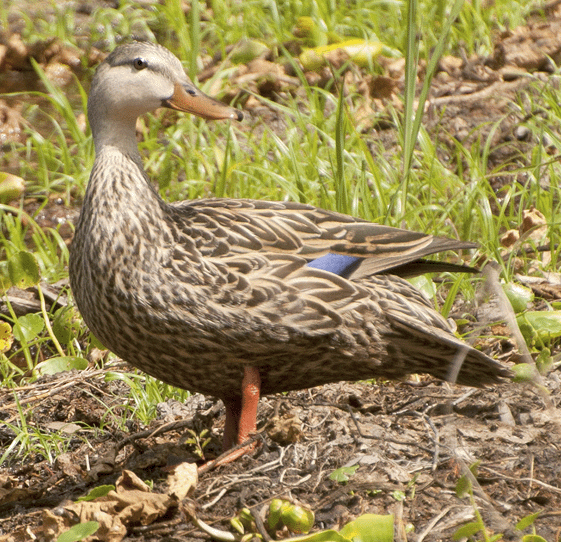 Mottled duck nests are built on the ground near vegetation, like marsh grasses.
Mottled duck nests are built on the ground near vegetation, like marsh grasses.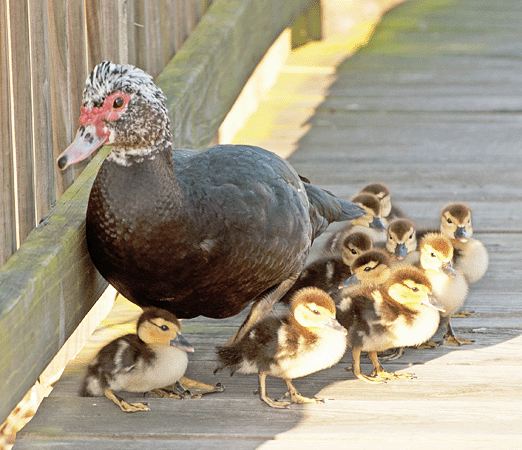 On April 21, 2016, this mother muscovy and her 10 young ducklings were walking along the wooden bridge on Smith Preserve Way, trying to figure out how to get to the pond.
On April 21, 2016, this mother muscovy and her 10 young ducklings were walking along the wooden bridge on Smith Preserve Way, trying to figure out how to get to the pond. 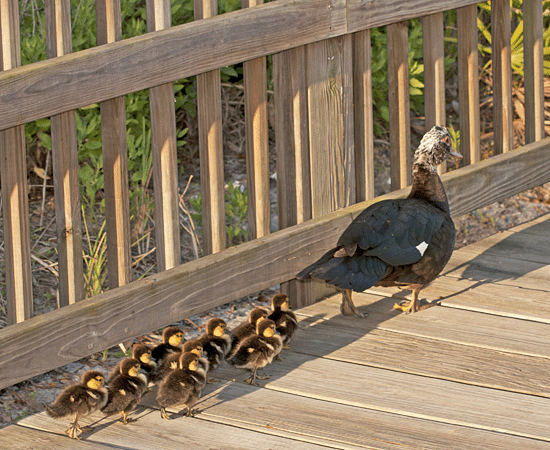 This bird is a non-migratory species that eats plants. small fish, amphibians, reptiles, millipedes, insects, and crustaceans.
This bird is a non-migratory species that eats plants. small fish, amphibians, reptiles, millipedes, insects, and crustaceans. 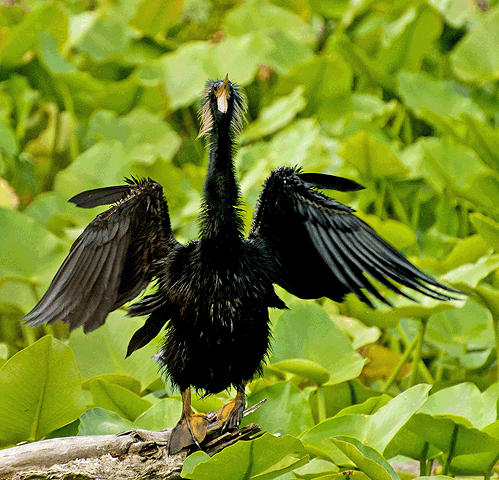
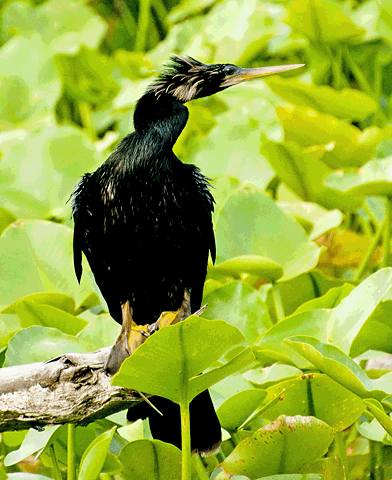
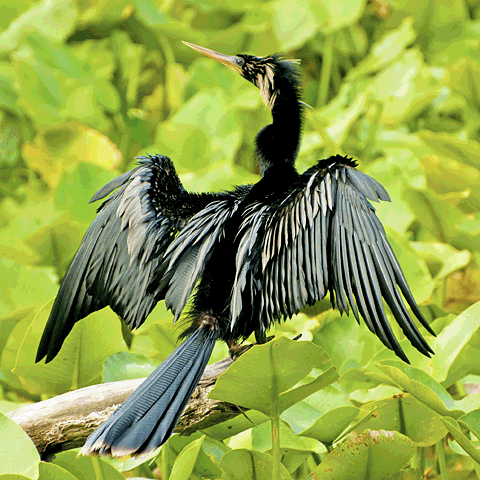
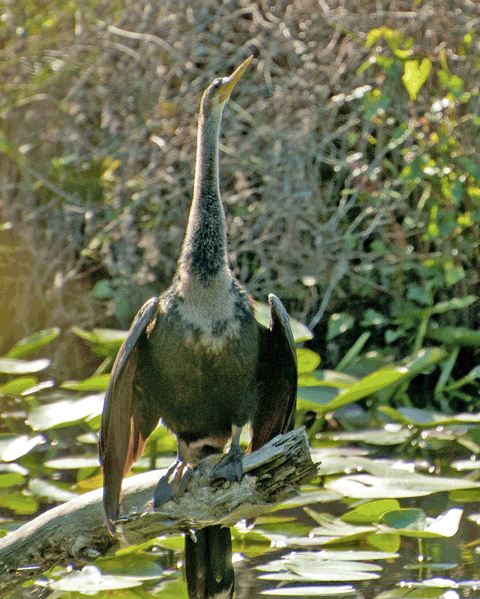
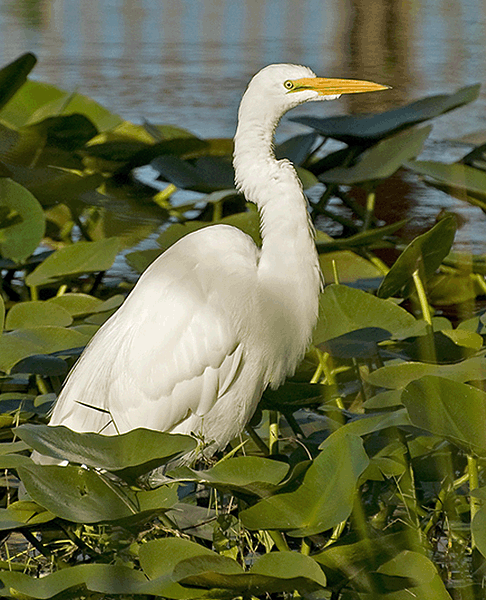
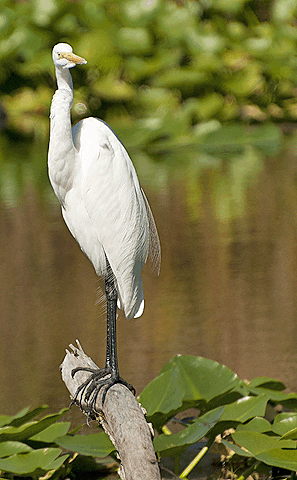
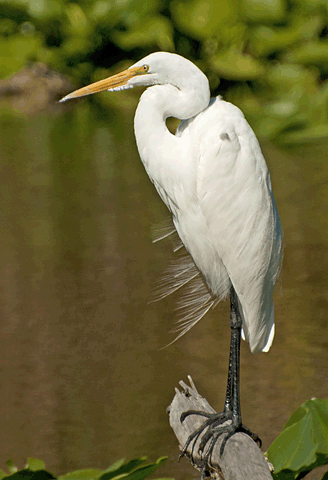
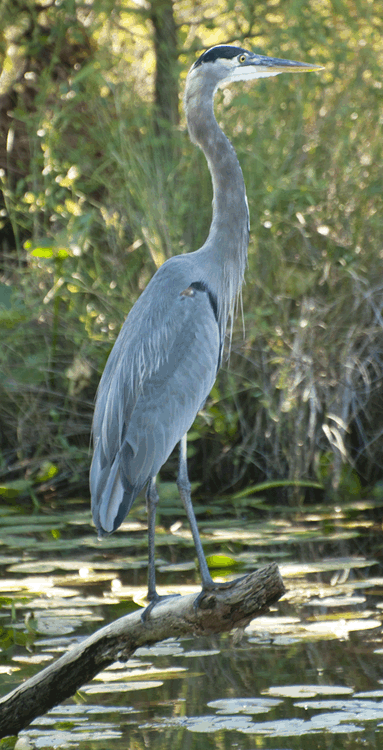
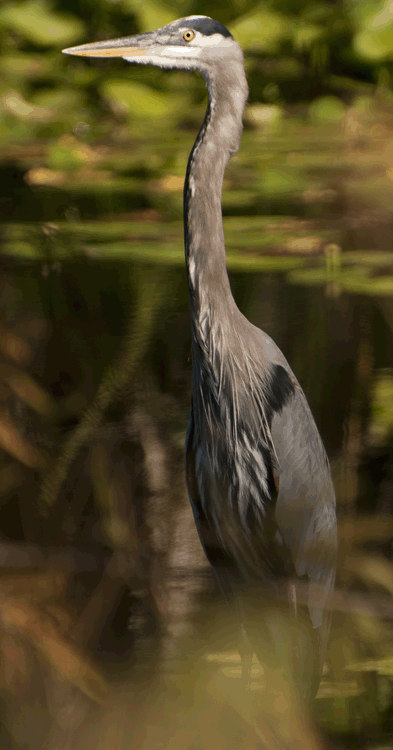
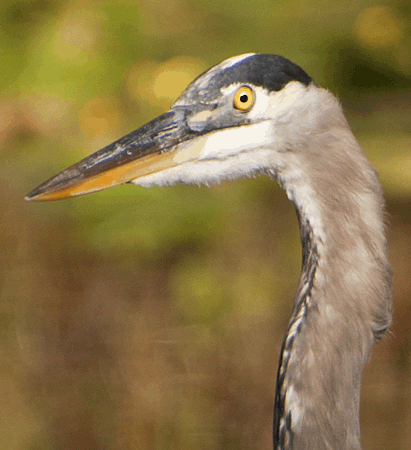
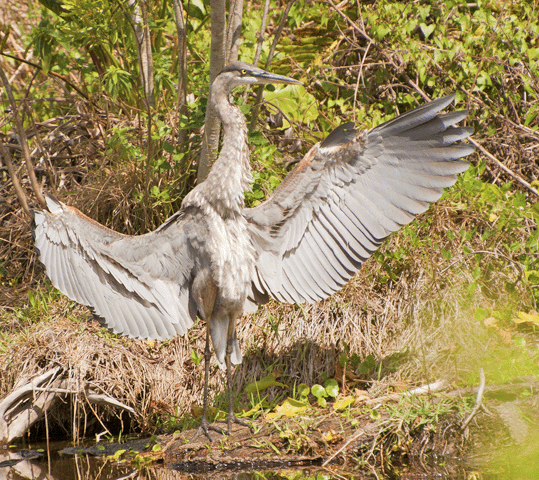
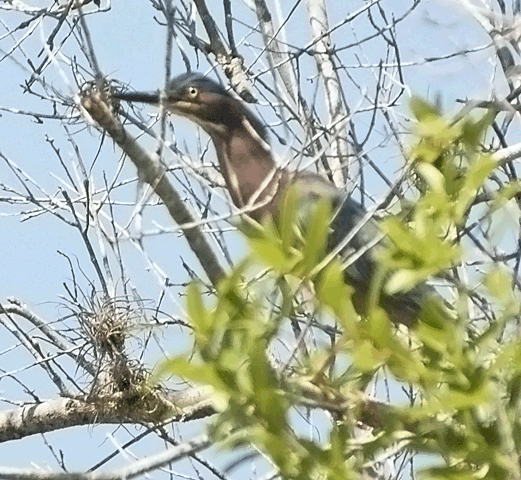 Compared to other members of Family Ardeidae, this species is small, with a body length of only about 44 cm.
Compared to other members of Family Ardeidae, this species is small, with a body length of only about 44 cm. 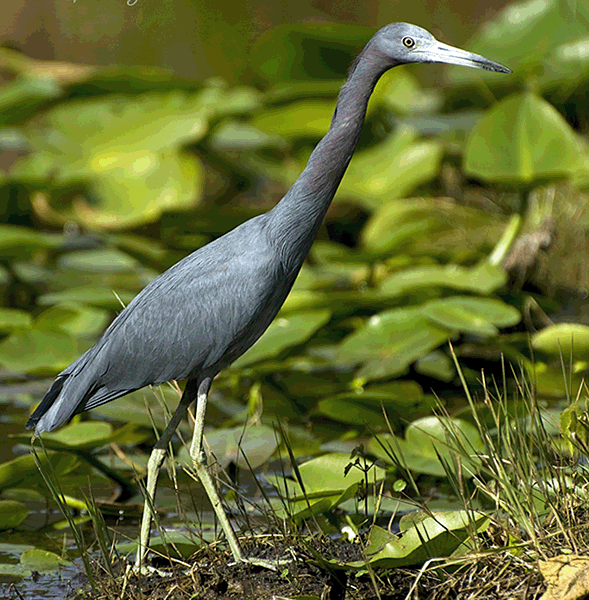
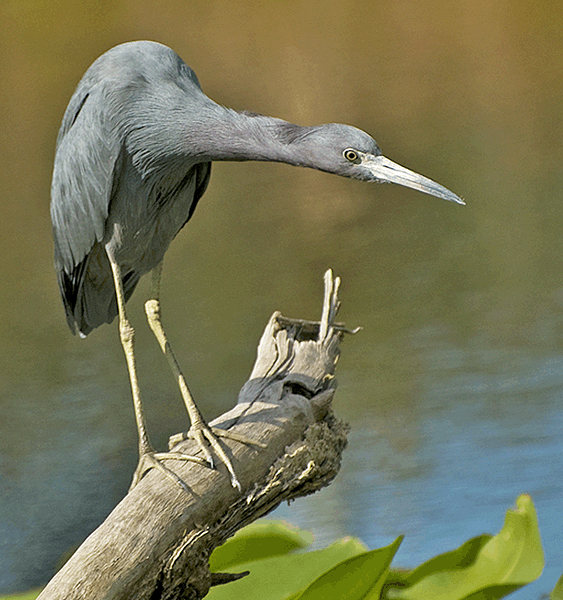
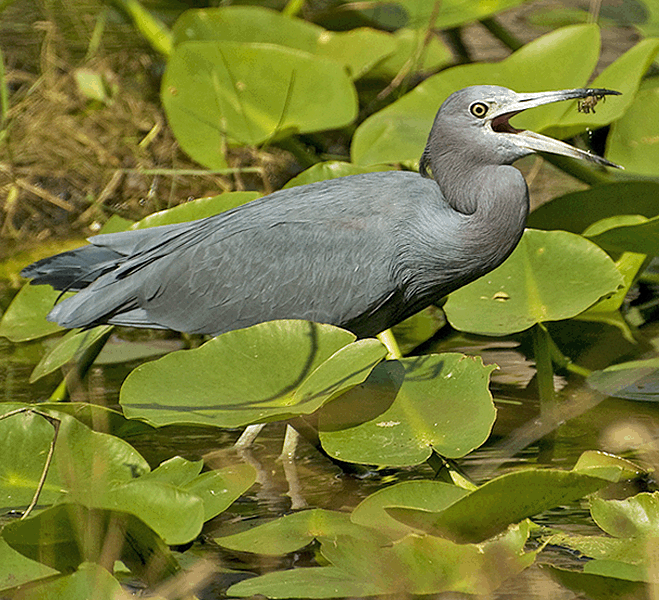
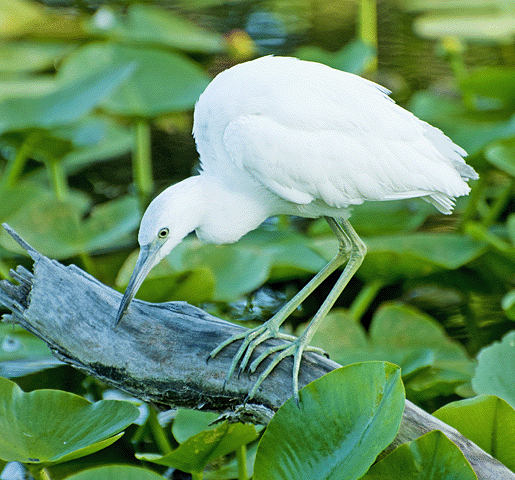
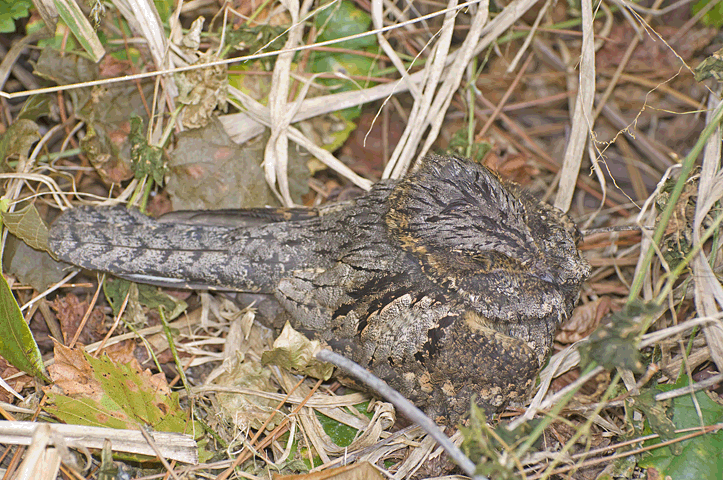
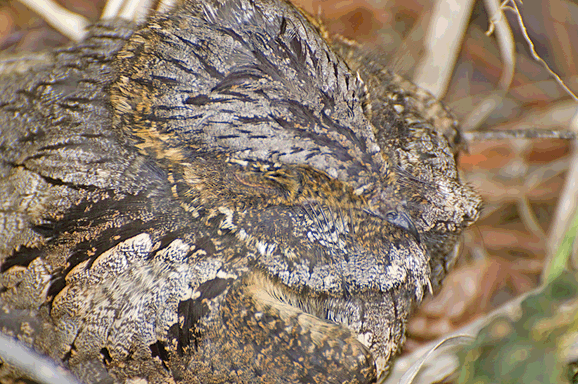
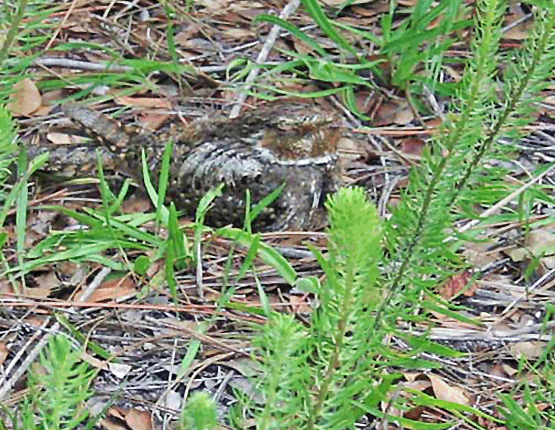
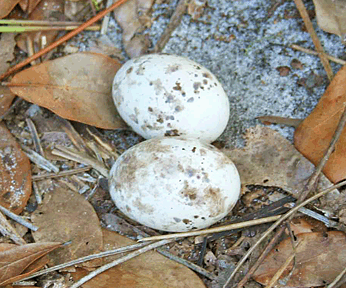
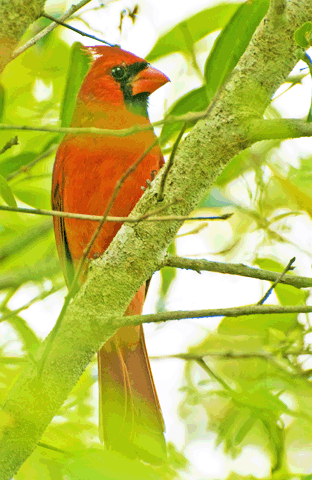
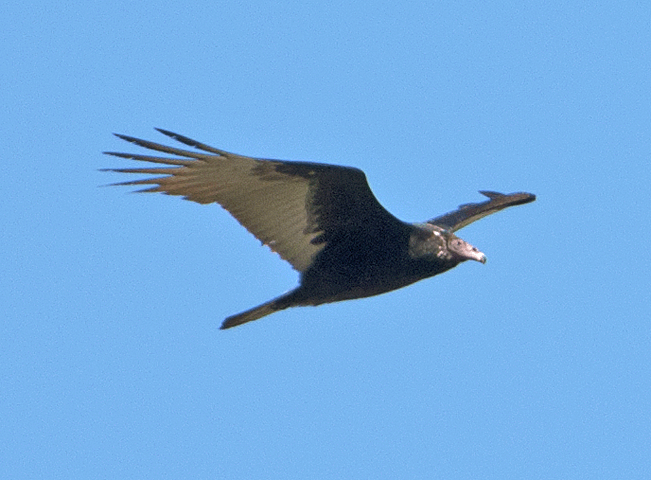
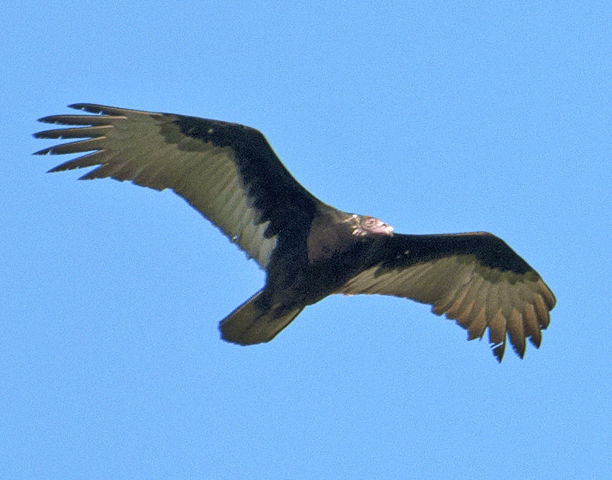
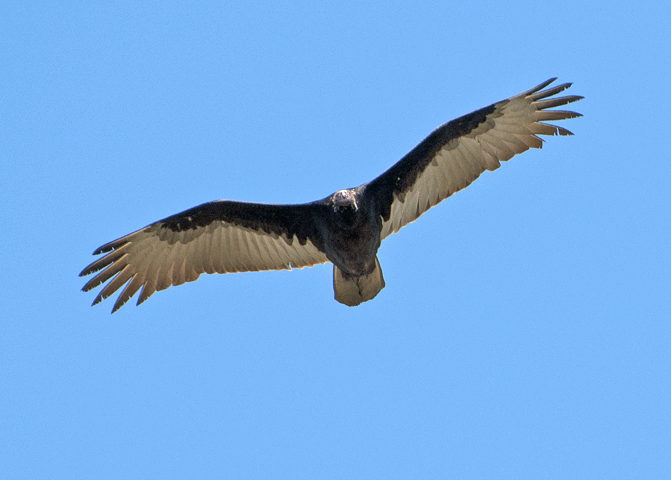
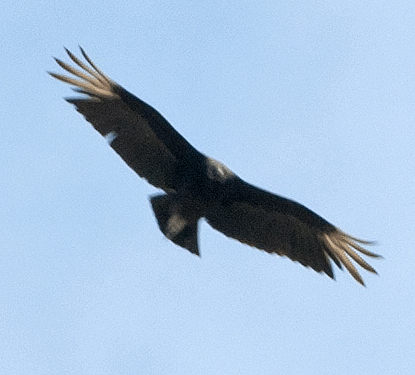
 This young bird was resting in the northeast corner of the Smith Preserve near the fence that borders the Naples Zoo and the Conservancy of Southwest Florida.
This young bird was resting in the northeast corner of the Smith Preserve near the fence that borders the Naples Zoo and the Conservancy of Southwest Florida. 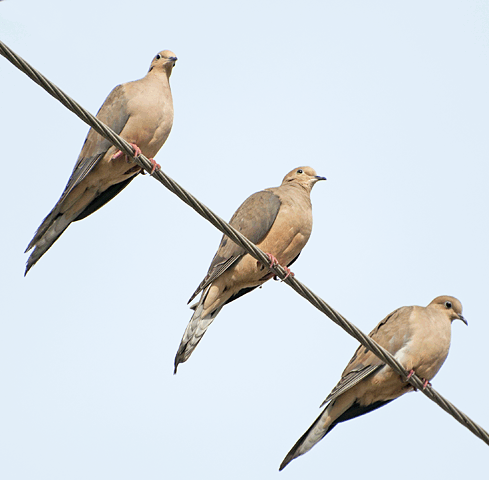
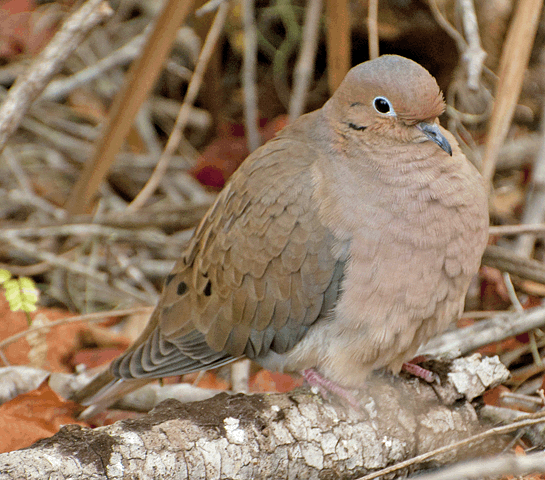
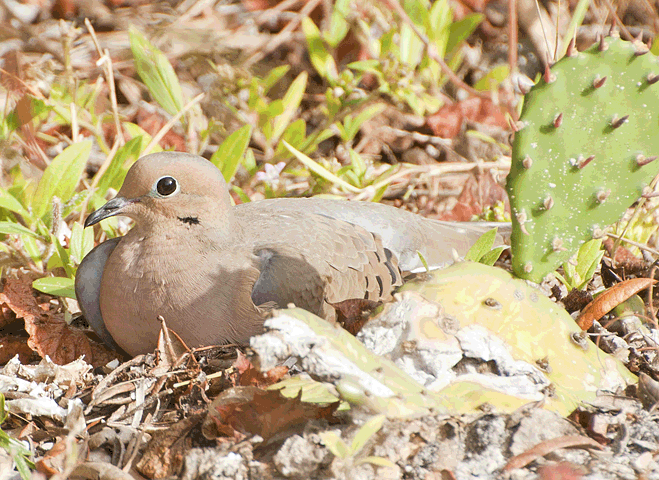
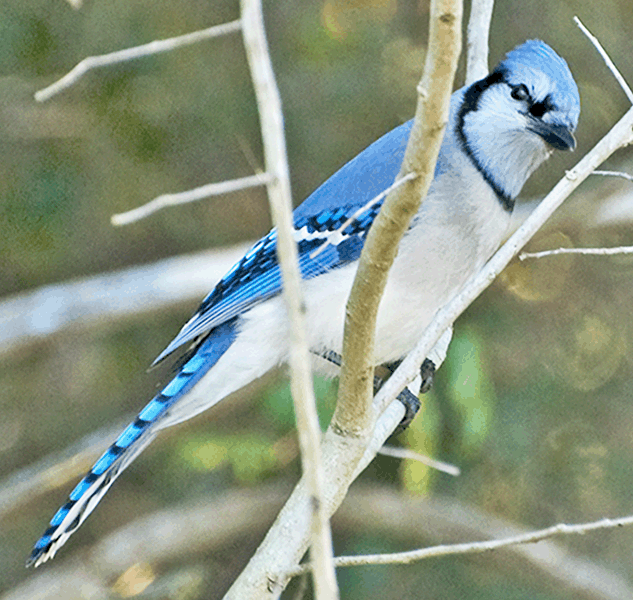
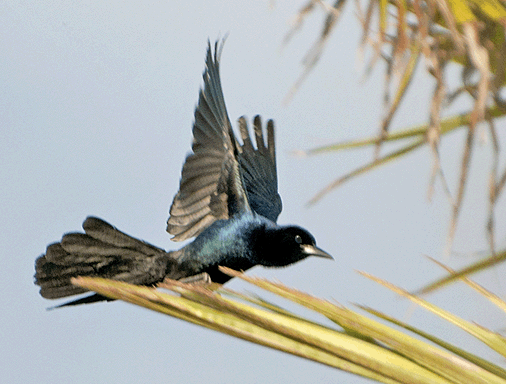
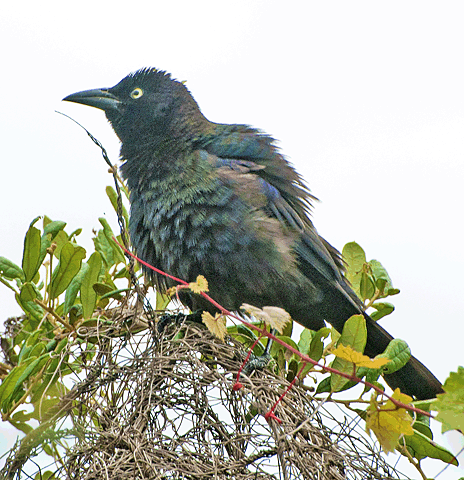
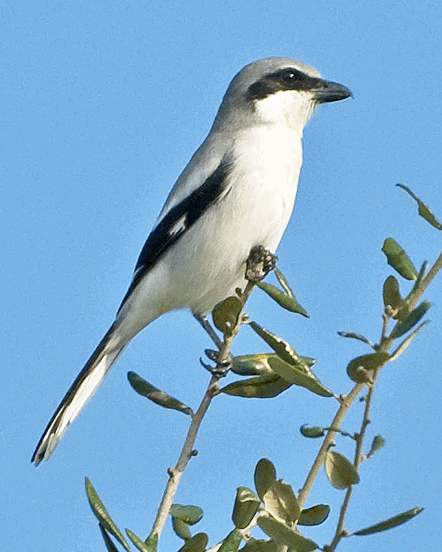
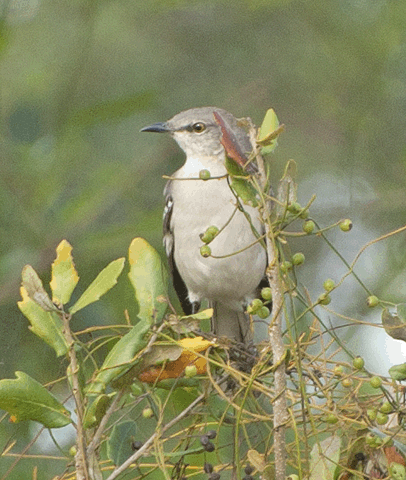
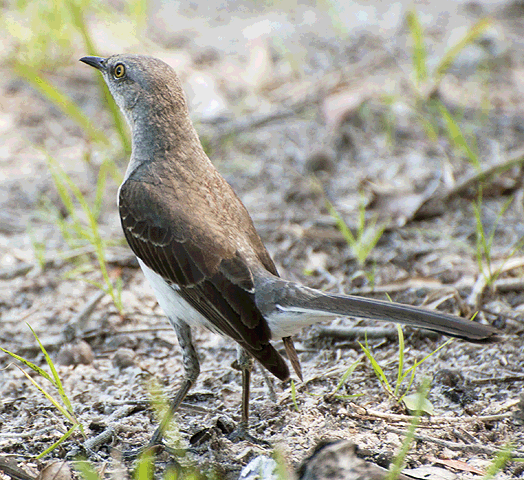 Both the male and female reach sexual maturity after 1 year. The breeding season is in the spring and early summer. Breeding is monogamous. Both sexes help build the nest in the fork of a tree or shrub from sticks, stems, bits of fabric, dead leaves, and string. Both sexes feed the chicks and defend the nest, attacking larger birds and mammals that approach too close.
Both the male and female reach sexual maturity after 1 year. The breeding season is in the spring and early summer. Breeding is monogamous. Both sexes help build the nest in the fork of a tree or shrub from sticks, stems, bits of fabric, dead leaves, and string. Both sexes feed the chicks and defend the nest, attacking larger birds and mammals that approach too close. 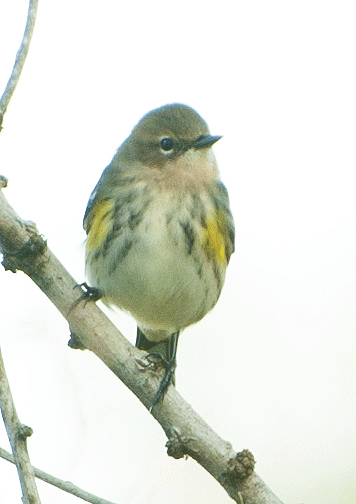
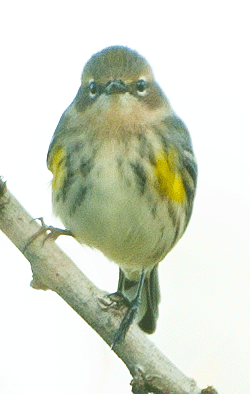
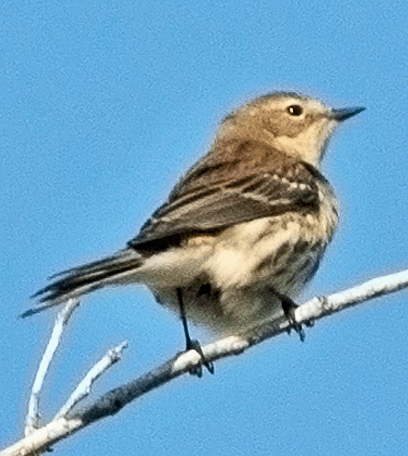 At those times, plumage is a bright mix of yellow, charcoal gray, black, and white. Setophaga coronata get its common name "yellow-rumped" for obvious reasons.
At those times, plumage is a bright mix of yellow, charcoal gray, black, and white. Setophaga coronata get its common name "yellow-rumped" for obvious reasons.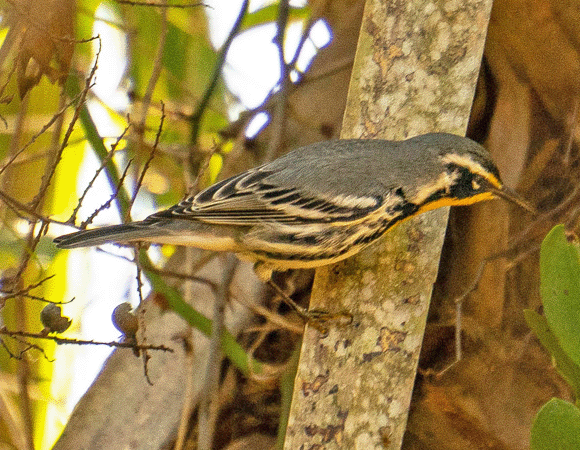
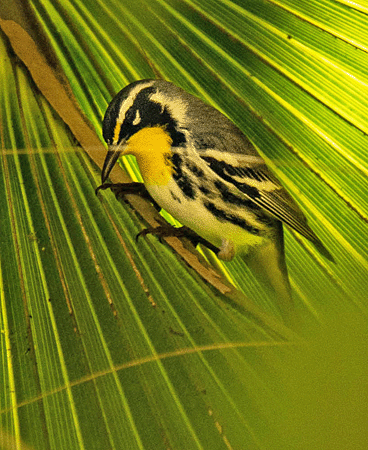
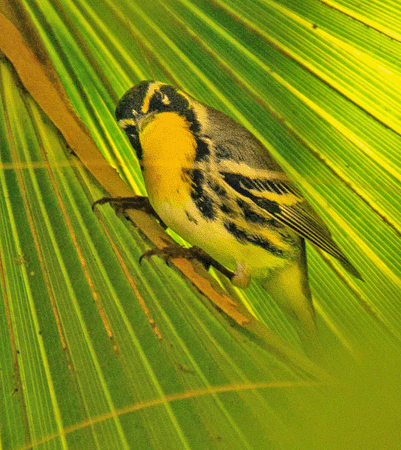
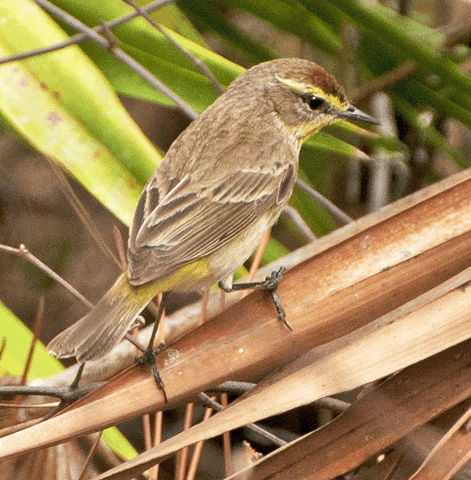
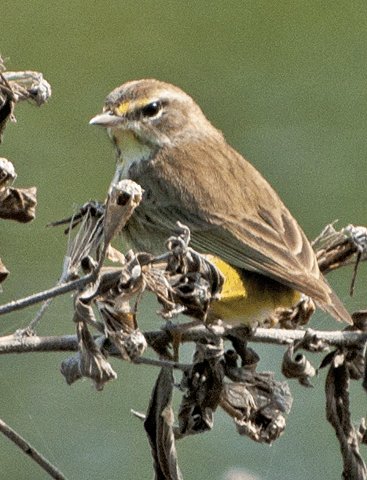
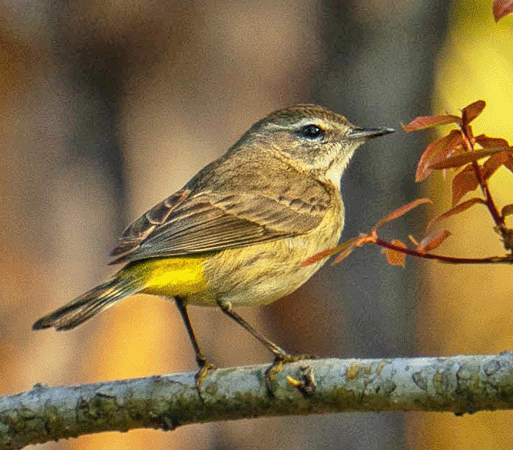
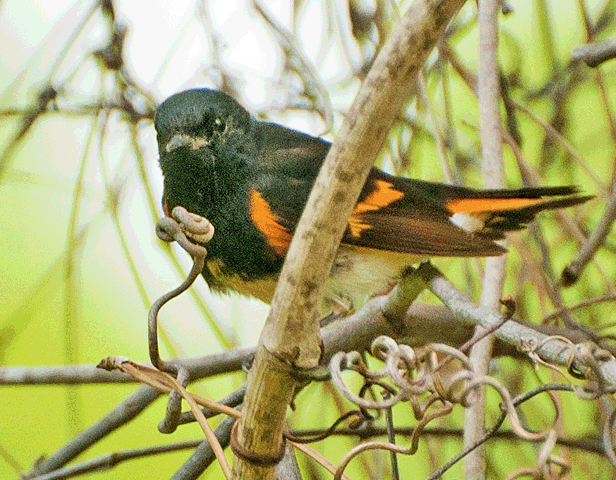
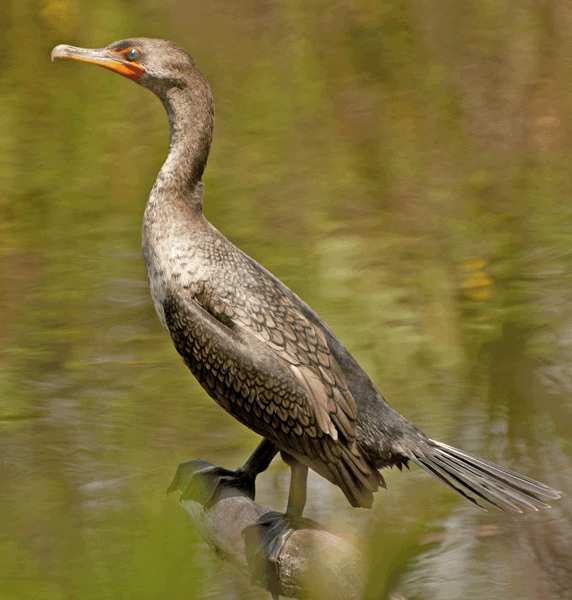
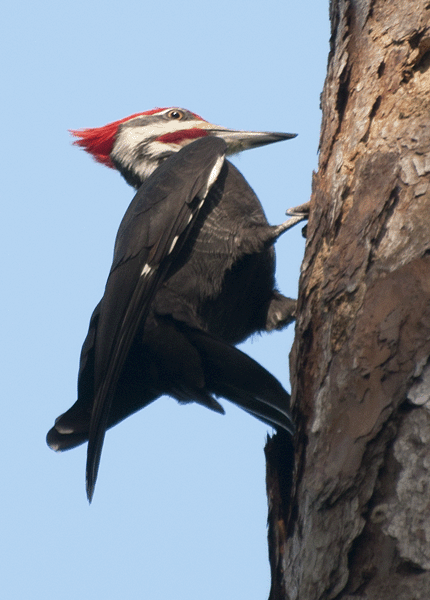
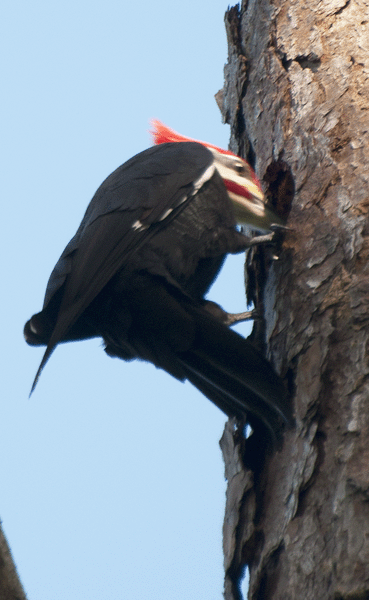
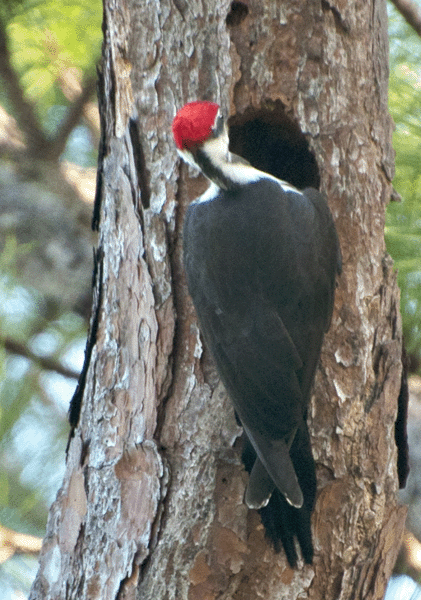 Dryocopus pileatus is a very large (40 to 49 cm long), mostly black woodpecker that is native to North America. As shown in these photographs, this species has a long black and white striped neck, a red, triangular crest on the top of the head, and a black line through the eye.
Dryocopus pileatus is a very large (40 to 49 cm long), mostly black woodpecker that is native to North America. As shown in these photographs, this species has a long black and white striped neck, a red, triangular crest on the top of the head, and a black line through the eye.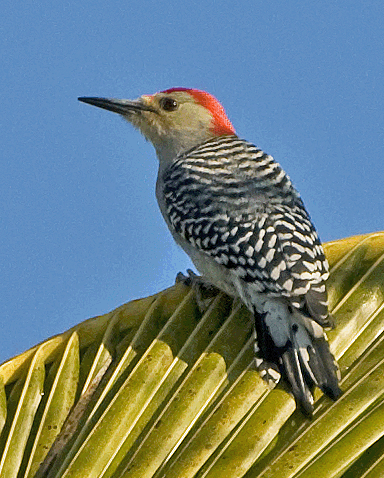
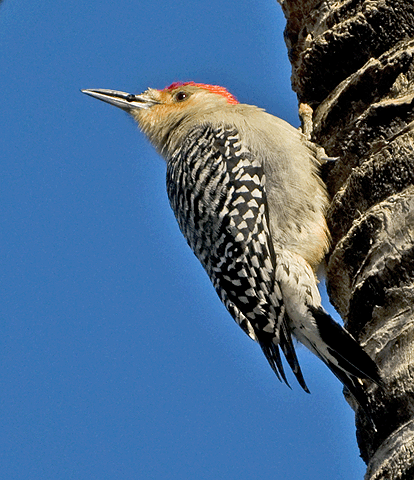
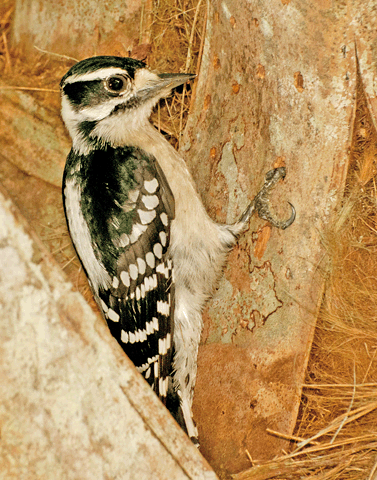
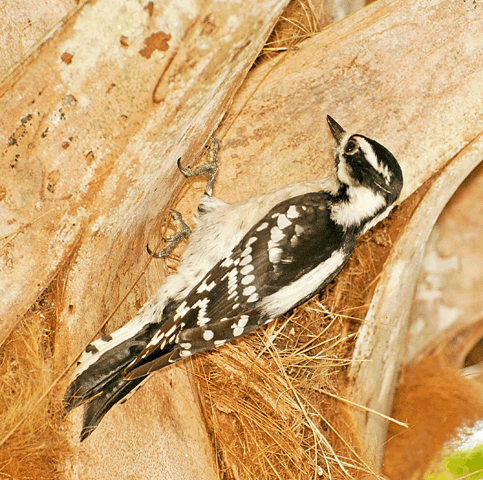
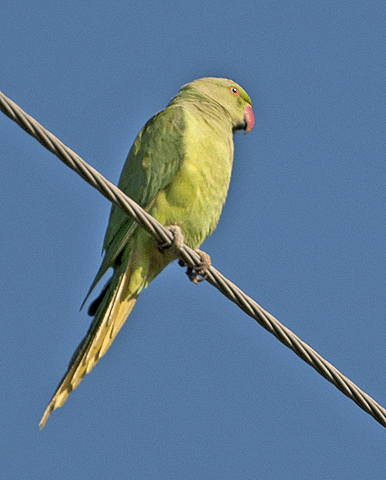 Psittacula krameri is a non-migrating bird that has successfully adapted to live in disturbed habitats. Feral populations exist in Florida, California, and Hawaii.
Psittacula krameri is a non-migrating bird that has successfully adapted to live in disturbed habitats. Feral populations exist in Florida, California, and Hawaii. 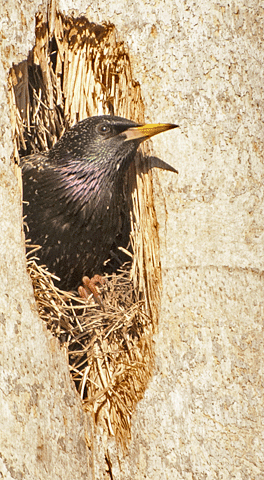 Sturnus vulgaris was intentionally brought to North America in the nineteenth century. Today, European Starlings are credited with being among the continent's most numerous songbirds.
Sturnus vulgaris was intentionally brought to North America in the nineteenth century. Today, European Starlings are credited with being among the continent's most numerous songbirds. 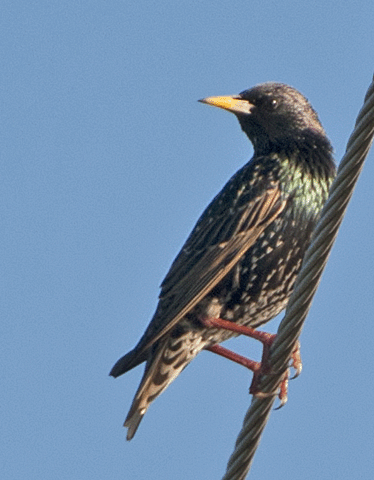 They feed on the ground and perch and roost high on wires, trees, and buildings.
They feed on the ground and perch and roost high on wires, trees, and buildings.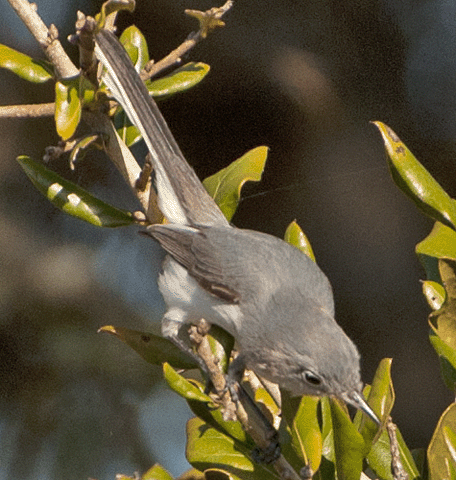
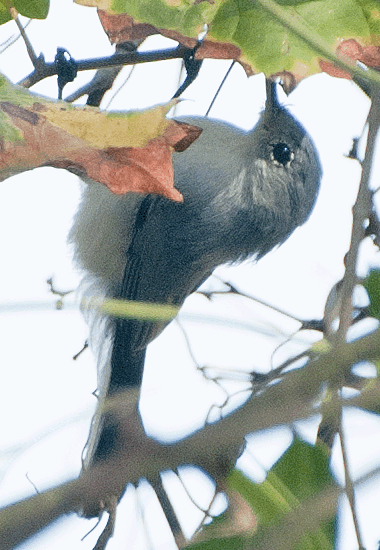 Polioptila caerulea is a very small (ten to 13 cm long) song bird that forages at branch tips at the tops of tall trees. It catches insects on the wing and sometimes hovers briefly above its prey before capturing it. It also gleans insect eggs and spiders from foliage. The individuals shown here were in tall oak trees. The bird's distinctive call, "spee, spee, spee", was heard before the birds were seen.
Polioptila caerulea is a very small (ten to 13 cm long) song bird that forages at branch tips at the tops of tall trees. It catches insects on the wing and sometimes hovers briefly above its prey before capturing it. It also gleans insect eggs and spiders from foliage. The individuals shown here were in tall oak trees. The bird's distinctive call, "spee, spee, spee", was heard before the birds were seen. 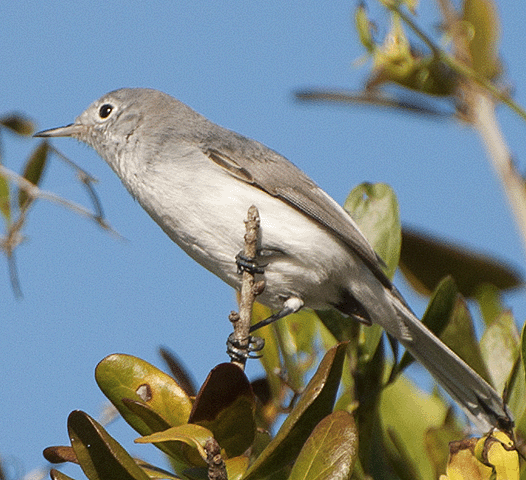 Blue-gray gnatcatchers are monogamous and solitary nesters. Their cup-shaped nests are made from plant fibers, lined with pieces of bark, and covered with lichens held together by spider silk. Nests are usually constructed on a horizontal branch or in the fork of a tree. Both sexes help construct the nest and feed the young.
Blue-gray gnatcatchers are monogamous and solitary nesters. Their cup-shaped nests are made from plant fibers, lined with pieces of bark, and covered with lichens held together by spider silk. Nests are usually constructed on a horizontal branch or in the fork of a tree. Both sexes help construct the nest and feed the young. 